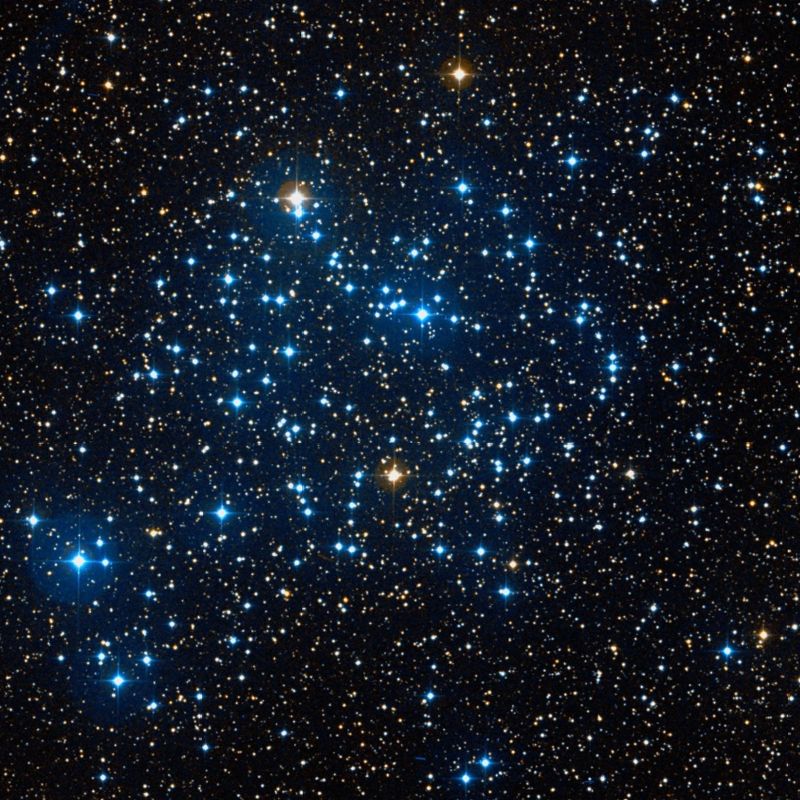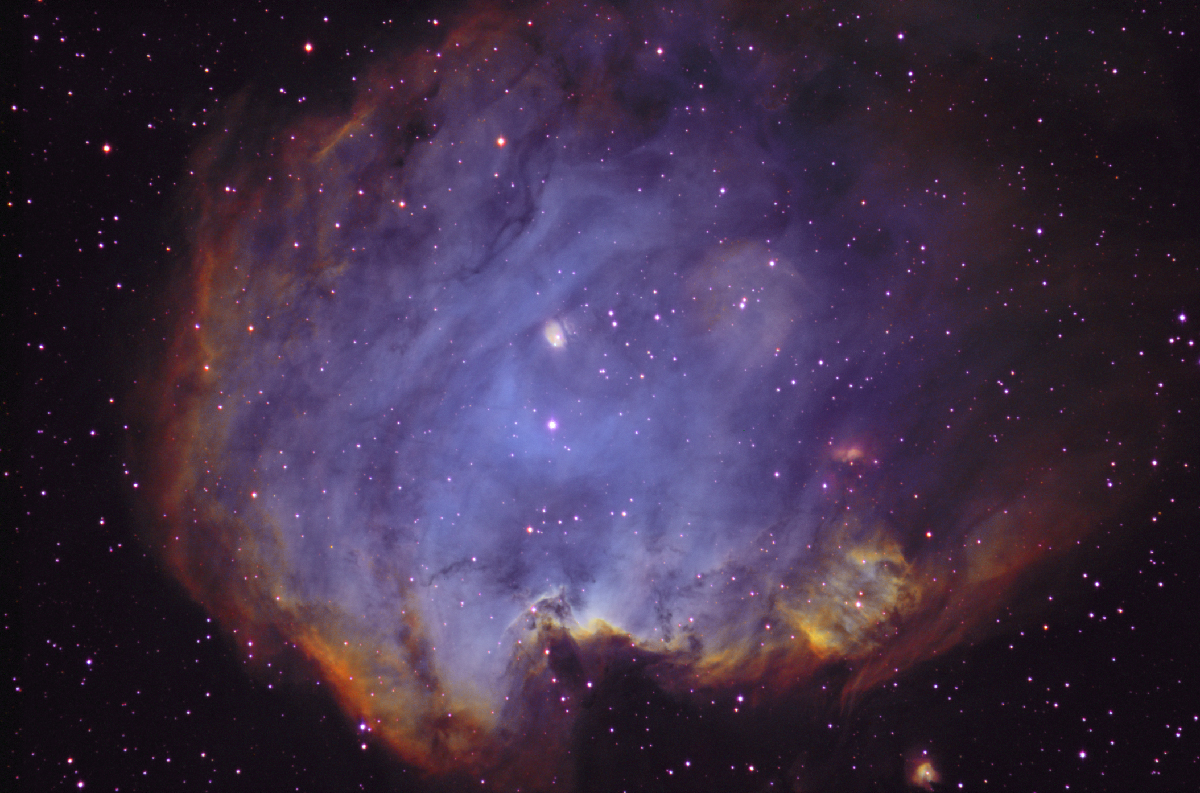STARLOG
TICKLING CASTOR'S FEET
JANUARY 14, 2018
| Observer: |
Tom Campbell |
| Location: |
College Station, Texas (Long: 96°17'W Lat: 30°37'N) |
| Telescope: |
Zhumell 12" f/5 Dobsonian |
| Eyepieces: |
Zhumell 30mm (51X)
Explore Scientific 18mm (84x)
Explore Scientific 11mm (138x) |
| Lenses: |
Celestron Luminos Barlow (2.5x) |
| Weather: |
The sky was mostly clear. Temperature was in the mid 40s (F) with a breeze that got a bit stronger as the evening progressed. |
We've had a couple of clear nights in a row, but I've had other things I needed to attend to, so wasn't able to stargaze. Tonight was supposed to be the last clear night for a while, so I tried to get done with my errands early enough to set up the telescope.
The clear skies also brought cold nights. I enjoyed temperatures in the mid-fifties this afternoon, but after the Sun set, those temperatures began to drop off quickly. I set up my telescope around 8:30pm while wearing a light jacket, and then went back inside to eat supper and prepare my observing list.
By the time I got back outside, I had to change my jacket for a full-blown coat with hood. The sky itself was beautiful and transparent, although the pretty, twinkling stars hinted at bad seeing.
While looking at my Stellarium software for something interesting to see tonight, I came across the Monkey Head Nebula. This was an open star cluster with some nebulosity that resembled the face of a monkey. It is officially in the constellation of Orion, but it was also near one of the feet of Gemini and not too far away from M35. I haven't observed M35 for quite a while, and it has always been one of my favorite open clusters, so I thought I'd begin there and work my way towards it.
| M 35 |
Gemini |
Open Cluster |
9:40pm CST |
 |
This is a gorgeous cluster, located near one of the feet of Castor in Gemini. At 84X, it fills the field. Arcs of stars in various directions. I could detect some mottling in the background, indicating even more stars were just out of range of visibility. At one end of the cluster is a bright pair of beautiful blue and yellow stars. |
| |
| NGC 2129 |
Gemini |
Open Cluster |
9:45pm CST |
 |
At 211X, about 15-20 stars were visible. Four or five of them are relatively bright, with the others being a magnitude or two fainter. The cluster is fairly compact and somewhat round. |
| |
| Cr 89 |
Gemini |
Open Cluster |
9:50pm CST |
Even at 51X, this cluster more than fills the field of view. The cluster is very elongated, with several dozen bright stars visible. |
| |
| TV Gem |
Gemini |
Red Supergiant |
9:55pm CST |
I hadn't really planned on observing this star, but came across it while starhopping. This is a nice orange star that isn't overly bright, but its rich, distinctive color demands your eye's attention as you sweep past. This is a pulsating variable, where its size expands and contracts from 620 to 710 times the size of our own Sun. |
| |
The temperature was dropping fast and my hands were freezing from touching my metal telescope tube. I went back inside to grab my observing gloves. They are lightweight, but are tactile enough that I can operate my smart phone (which I use to voice record my observing notes). Once I got properly equipped for the weather, I went back out to continue my session.
| Propus (η Gem) |
Gemini |
Double Star |
10:15pm CST |
While double-checking my Pocket Star Atlas for the exact location of my main target, I noticed this star was actually a double. The primary is a beautiful bright orange. The secondary is quite a bit fainter and very close. I had to kick the magnification up to 345X to verify the companion. This may have been partially due to the poor seeing tonight, however. I wasn't able to really determine the color of the secondary star. |
| |
| NGC 2174-5 |
Orion |
Cluster + Nebula |
10:30pm CST |
 |
I finally had starhopped to my primary destination. I attempted to take a look at the Monkey Head Nebula (NGC 2174), but I didn't have any luck. I was able to find the embedded star cluster (NGC 2175) easily enough, but the sky conditions just weren't letting the monkey show his face. I tried with and without an O-III filter (the only filter I had available). Two knots of stars were visible: the larger one had 6 or 7 members and the smaller one had 3-4 members. There is nebulosity associated with both knots of stars but that wasn't visible tonight. |
| |
At this point, I was starting to feel really cold. Even the coat, hood and gloves weren't keeping me warm. Although Canis Major was rising temptingly high in the sky and I could see Leo's head peeking over the housetops, I decided they would wait for another night. Time to get warm! I had failed at seeing the Monkey Head, but still had a nice time under the stars.


